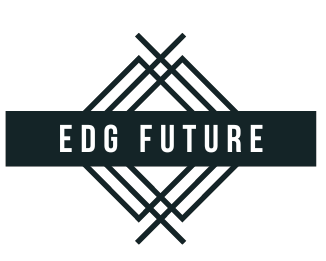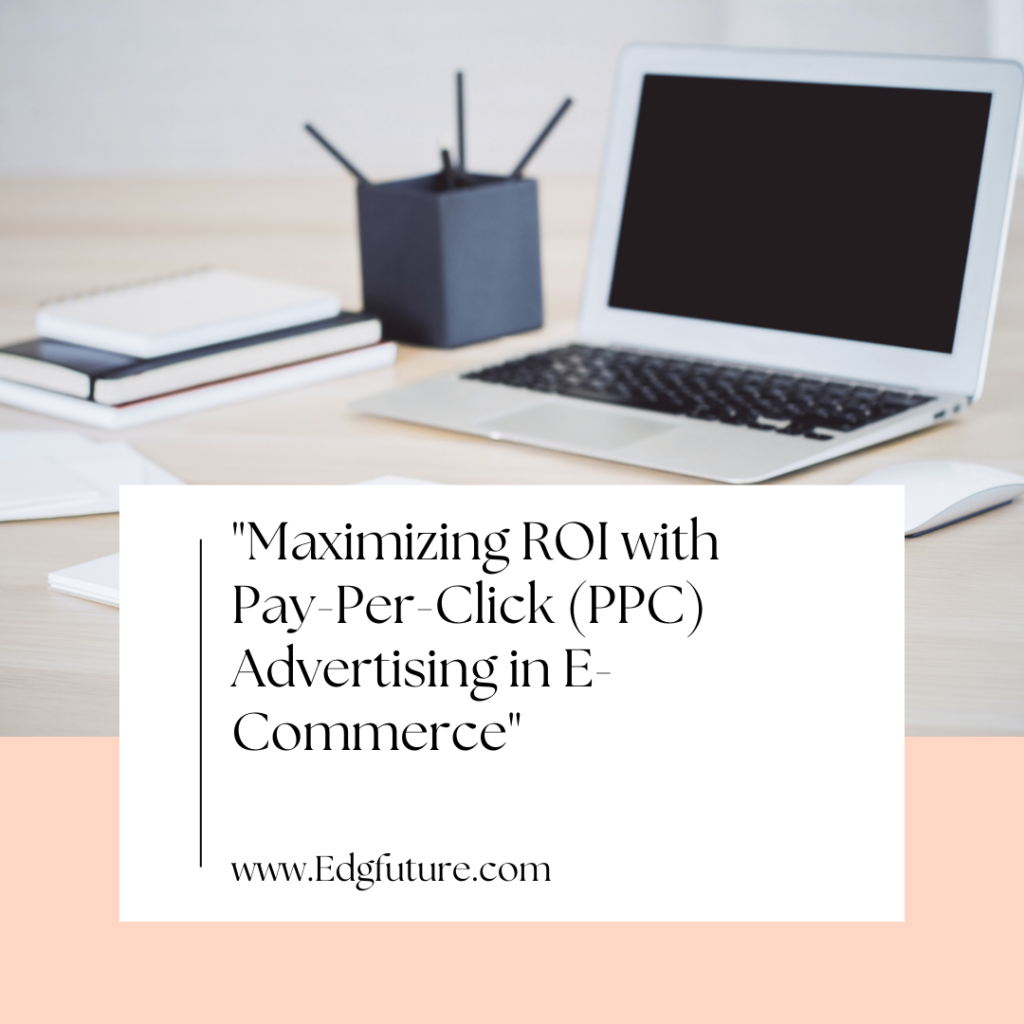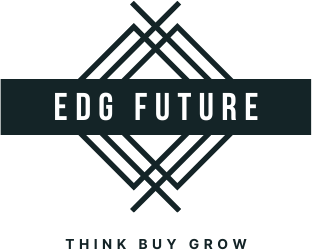Note: This article is designed to educate e-commerce marketers on how they can maximize their Return on Investment (ROI) using Pay-Per-Click (PPC) advertising strategies. We will explore various aspects of PPC advertising, including its benefits, implementation techniques, and tips for maximizing ROI.

Introduction
In the fast-paced world of e-commerce, marketing plays a vital role in driving traffic and generating sales. Among the various digital marketing strategies available, Pay-Per-Click (PPC) advertising has emerged as a powerful tool for reaching potential customers. With its ability to target specific audiences and deliver instant results, PPC advertising offers immense potential for maximizing ROI. In this article, we will delve into the world of PPC advertising in e-commerce and explore how it can help businesses thrive.
The Benefits of PPC Advertising in E-Commerce
- Increased Visibility: PPC advertising allows e-commerce businesses to appear prominently in search engine results pages (SERPs) and other online platforms, ensuring maximum visibility among potential customers.
- Targeted Audience: With PPC advertising, you have the power to reach your ideal customers by targeting specific demographics, locations, keywords, and interests. This targeted approach ensures that your ads are shown to those most likely to convert into paying customers.
- Cost Control: One of the greatest advantages of PPC advertising is its cost control feature. You only pay when someone clicks on your ad, allowing you to set a budget that aligns with your business goals.
- Immediate Results: Unlike other marketing strategies like Search Engine Optimization (SEO), which require time to build organic traffic, PPC ads can generate immediate results. As soon as your campaign goes live, you start seeing clicks and potential conversions.
Implementing Successful PPC Campaigns in E-Commerce
To maximize your ROI with PPC advertising in e-commerce, it is crucial to implement effective campaigns. Here are some key steps to follow:
- Keyword Research: Begin by conducting thorough keyword research to identify the most relevant and high-converting keywords for your e-commerce business. Tools like Google Keyword Planner can assist you in finding keywords with high search volume and low competition.
- Compelling Ad Copy: Craft compelling ad copy that grabs the attention of your target audience and entices them to click on your ads. Highlight unique selling points, offers, and benefits to stand out from competitors.
- Landing Page Optimization: Ensure that your landing pages align with the ad copy and provide a seamless user experience. Optimize them for fast loading times, relevant content, clear call-to-action buttons, and mobile responsiveness.
- Ad Extensions: Take advantage of ad extensions provided by PPC platforms like Google Ads or Bing Ads. These extensions allow you to include additional information such as phone numbers, sitelinks, reviews, or product images, enhancing the visibility and appeal of your ads.
- Conversion Tracking: Implement conversion tracking codes on your website to measure the success of your PPC campaigns accurately. This data will help you optimize future campaigns and make informed decisions about budget allocation.
Tips for Maximizing ROI with PPC Advertising
To go beyond mere implementation and truly maximize ROI with PPC advertising in e-commerce, consider the following tips:
- Continuous Monitoring: Regularly monitor your PPC campaigns to identify areas of improvement. Analyze metrics like click-through rate (CTR), conversion rate, bounce rate, and cost per conversion to spot trends and make necessary adjustments.
- A/B Testing: Experiment with different ad variations, landing page designs, call-to-action buttons, and targeting options through A/B testing. This process helps you identify winning combinations that generate higher conversions and improve ROI.
- Remarketing Campaigns: Implement remarketing campaigns to target users who have previously interacted with your website or shown interest in your products. By re-engaging these potential customers, you increase the likelihood of conversion and drive higher ROI.
- Integrate Email Marketing: Combine your PPC advertising efforts with email marketing campaigns to create a comprehensive marketing strategy. Utilize PPC ads to capture leads and then nurture them through personalized email campaigns, maximizing the chances of conversion.
- Leverage E-commerce Platforms: If you are using e-commerce platforms like Shopify or WordPress, take advantage of their built-in PPC advertising capabilities. These platforms often offer seamless integration with popular PPC platforms, simplifying the campaign setup process.
Conclusion
PPC advertising presents a wealth of opportunities for e-commerce businesses to maximize their ROI. By leveraging its benefits, implementing effective campaigns, and following the tips outlined in this article, you can drive targeted traffic, generate sales, and achieve substantial returns on your investment. Embrace the power of PPC advertising in e-commerce and unlock new levels of success for your business.
Note: Remember that successful PPC campaigns require continuous optimization and adaptation based on market trends and user behavior. Stay updated with industry best practices and keep refining your strategies to stay ahead in the competitive e-commerce landscape.






